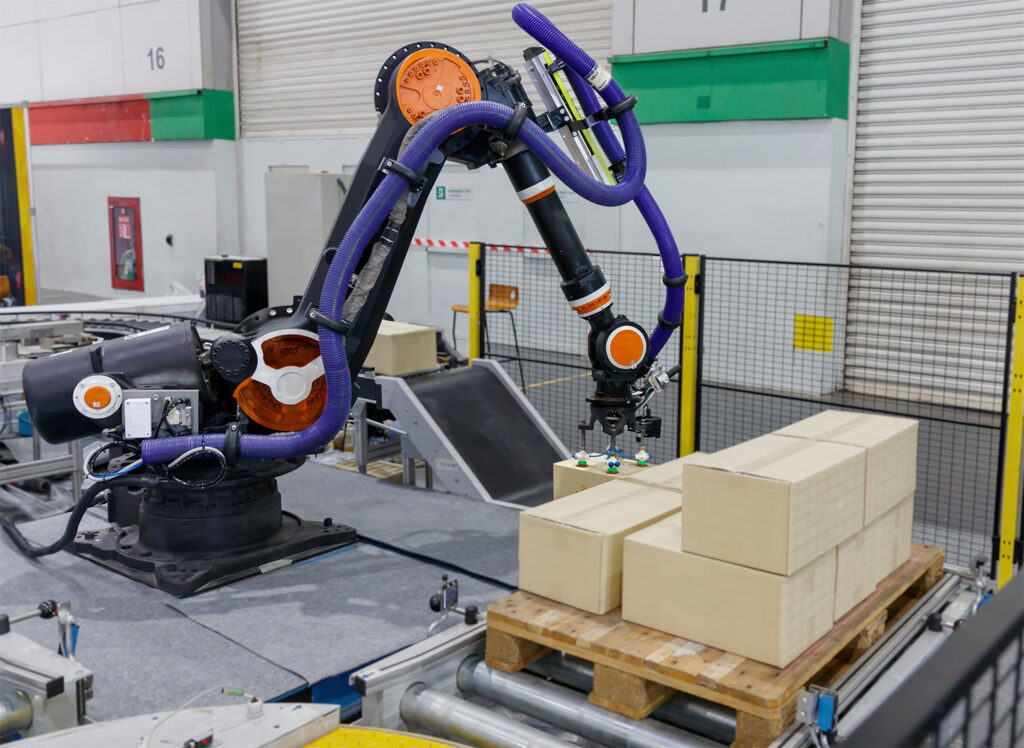
A programmable robotic arm essentially sits somewhere between manual operation and pure artificial intelligence. There is still a significant amount of human input involved. However, the solutions will be able to go about their work autonomously, working within their pre-programmed parameters.
Human teams utilize digital interfaces to program commands and operating requirements for the robot arm. This might involve a solution like the Arduino IDE text command editor or the Raspberry PI system. The robot then uses these commands to complete repetitive tasks with a high degree of accuracy and precision.
There are many different advantages of a robotic arm kit. With these programmable robot arms, businesses can increase levels of safety and compliance within their workplace without compromise. Basically, this means the facility becomes far safer, eliminating hazards and potential issues without reducing the efficiency or effectiveness of operations.
In fact, these operations are optimized at the same time, demonstrating just how valuable these robotic arms can be for modern businesses. Let’s take a look at a few of these advantages in more detail.
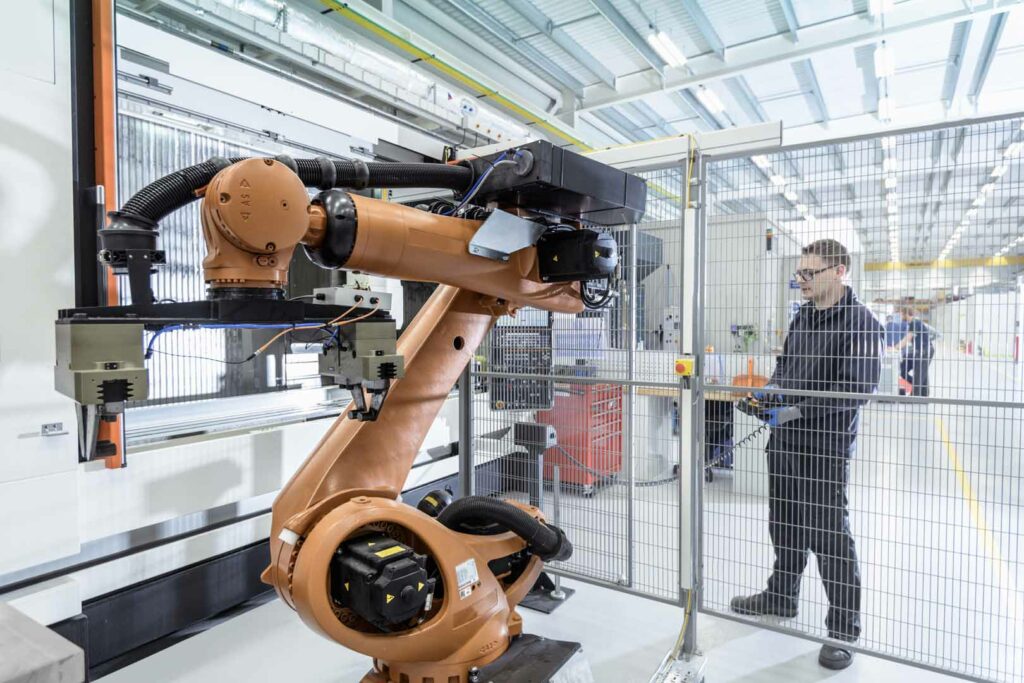
Safety is always paramount in the working environment. Wherever human personnel are operating, facility managers need to take steps to keep them safe and to prevent incidents that may cause them harm. This is difficult when large human teams are required for picking, packing, and other duties on the warehouse floor.
Programmable robot arms remove this need. The robots can be programmed or remotely controlled, so human teams do not need to operate on the warehouse floor. This essentially eliminates many of the key dangers associated with warehouse operation, helping to achieve even the strictest industrial compliance standards with ease.
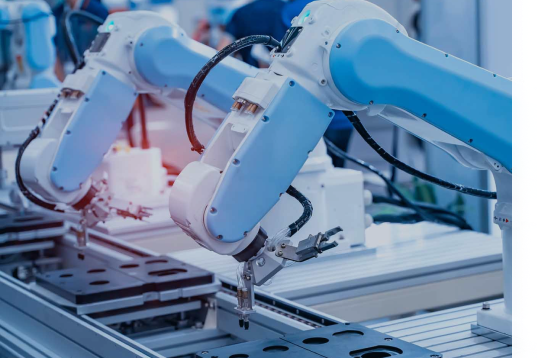
Once safety is guaranteed, industrial facility teams need to focus on increasing their operational efficiency and optimizing the capability of their warehouse, factory, or other space. Robotic arms are perfectly positioned to achieve this, as they are designed and programmed with specific purposes and outcomes in mind. These arms can achieve predefined outcomes far more quickly and effectively than human teams can.
Operating hours are also an important benefit. A programmable robot arm can essentially work around the clock, with no need for breaks. This means facilities can keep operations running at all hours, without needing to deploy different teams working in shifts. The result is a dramatic increase in operational capacity for the facility.
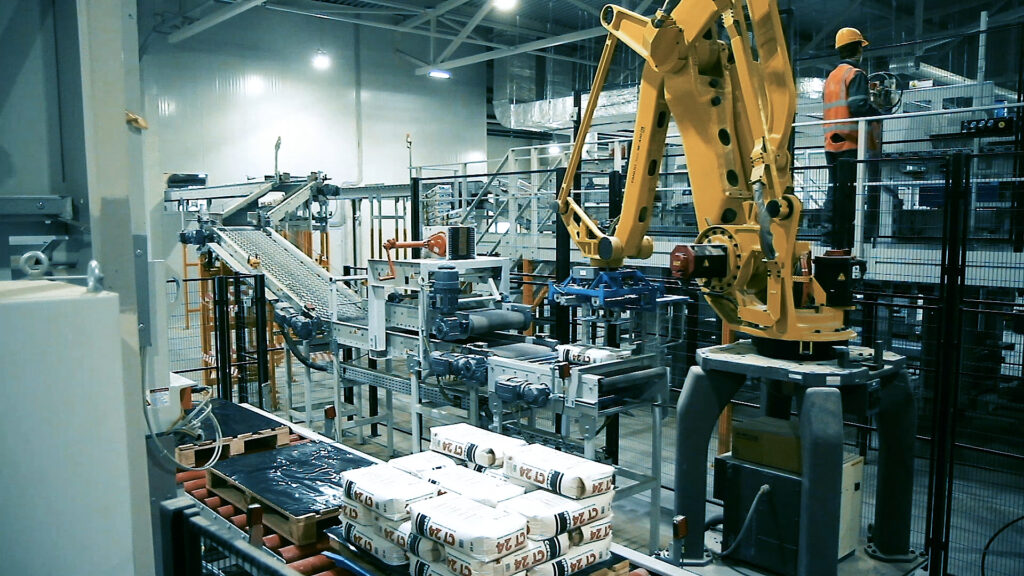
Programmable robotic arms are designed and programmed for specific mechanical tasks. This means they are able to carry out these tasks with high levels of accuracy and precision without fail. The arm will simply repeat the task in the same manner for as long as it is requested, without errors or mistakes. Compared to human operators – who are prone to error – this is a far more consistent way to operate.
Human teams are very well suited to creative and critical tasks, while robotic arms are not. On the other hand, human teams are not at all suited to repeating the same action over and over again with consistent and predictable results. This makes robotic arms the right choice for this kind of repetitive activity.
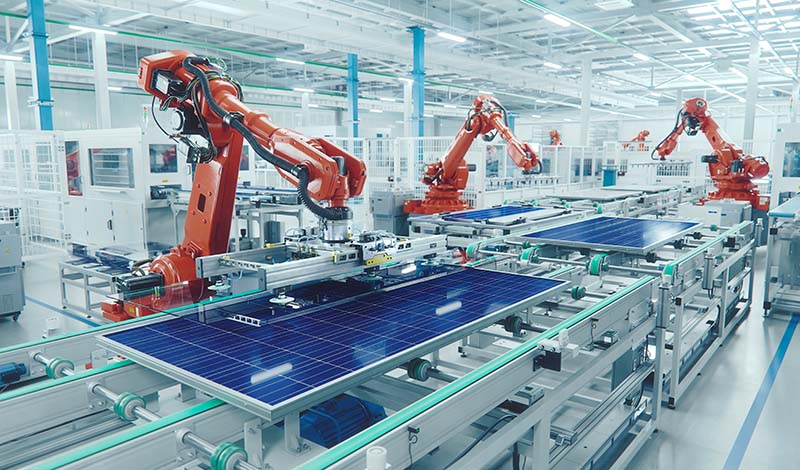
Introducing programmable robotic arms into your facility setup helps to bring about a transformation in your operations. This is because robotic arms are not designed to be used in isolation. Instead, they are intended to become part of a broader system of automation and remote operation.
Programmable robotic arms integrate with autonomous mobile robots, extending the potential of automation and artificial intelligence without your workplace. They also work well with remote control solutions. These solutions enhance safety even further by enabling human operation and control without deploying personnel on the warehouse or factory floor itself.
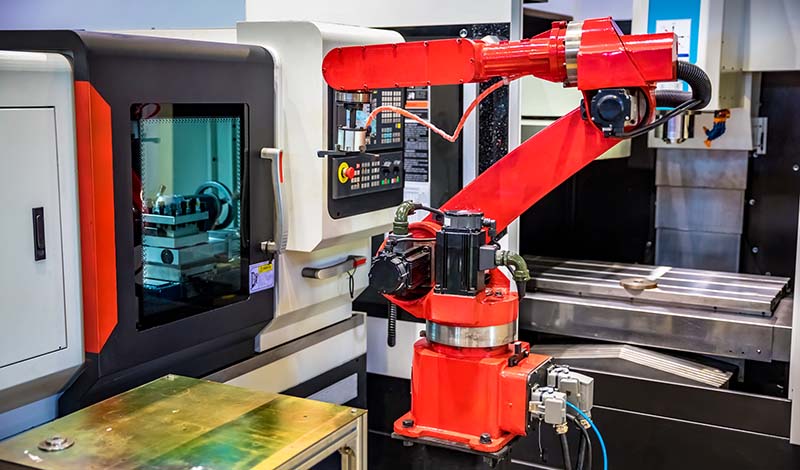
So far, we’ve looked at programmable robotic arms as a unified concept, examining how these robotic solutions can change industrial operations for the better. But this only tells part of the story. There are many different types of programmable robotic arms out there, and all have their own specific advantages and intended use cases.
Below, we’re taking a look at just a few of these different types of programmable robotic arms. These are some of the main categories for your reference.
1
An articulated arm features a number of different joints, similar to the elbow or shoulder joints within the human arm. The robotic solution can move across different planes at each of these joints. It can reach different positions and perform specific actions, such as picking or packing items.
2
SCARA stands for Selective Compliance Assembly Robot Arm. With this form of solution, movement is permitted across specified axes but not across others. So the arm may be able to move on the X and Y axes but remain static on the Z axis. This means actions can be repeated over and over again, with predictable results each time.
3
Cartesian arm robots are fitted on a horizontal plane. They feature a component that is able to move in a number of different directions within this plane. Once the component reaches a designated location on this plane, the robot arm can be extended or retracted, providing movement in the vertical plane too.
4
A cylindrical arm robot is fitted to a pillar at the center of a wider cylinder. The arm rotates around this pillar like a minute hand moving around the central point of a clock face. The robotic arm can move outwards or inwards. They reach out to interact with points on the inside of the cylinder, picking items or carrying out other functions.
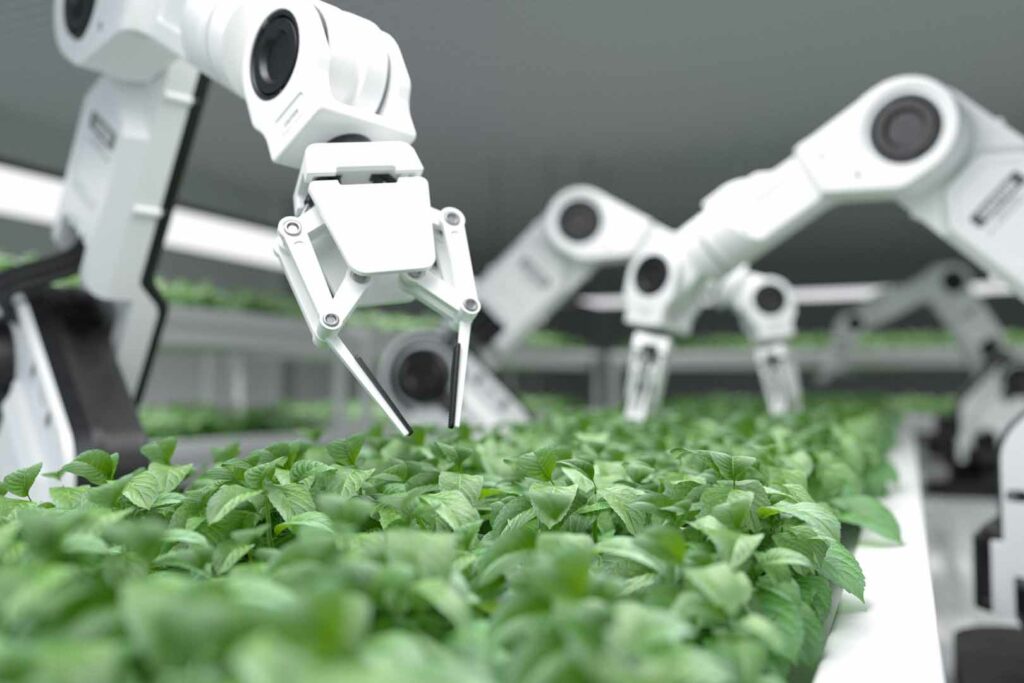
Programmable robotic arms are utilized in many different applications, ranging from automotive to aerospace industries. Digital servo controllers work together with PC software applications to allow engineers and designers to control the arm in various ways.
Programming a robot arm can involve setting up parameters and movement instructions that it is able to follow. Or it can involve programming them to do more complex actions like pick and place objects.
Additionally, these robotic arms can be used for industrial automation purposes. These include machining, motion control and welding, replacing the need for manual labor in those areas.
It’s clear why programmable robotic arms are so popular – they are incredibly versatile and cost-efficient tools that have revolutionized digital automation on many levels.
1
Programmable robotic arms are adept at selecting items from a warehouse or inventory and then loading them into crates or onto pallets. They can also work alongside autonomous mobile robots to carry out larger picking and packing jobs.
2
As robotic arms are designed for completing repetitive tasks with a high level of accuracy and reliability, they are well suited to construction and assembly work. These robotic solutions achieve consistency right across the assembly line, even at high volumes.
3
Robotic arms are useful for inspecting work that has been carried out or conducting repairs in difficult-to-reach locations. Cameras and data recorders can also monitor areas of the workplace that would be out of bounds for human personnel.
4
Programmable functionality and reliable operation make robotic arms perfect for material handling. These solutions are especially suited to handling materials that may be dangerous for humans. For instance, heavy loads or materials that are classified as hazardous to human health.
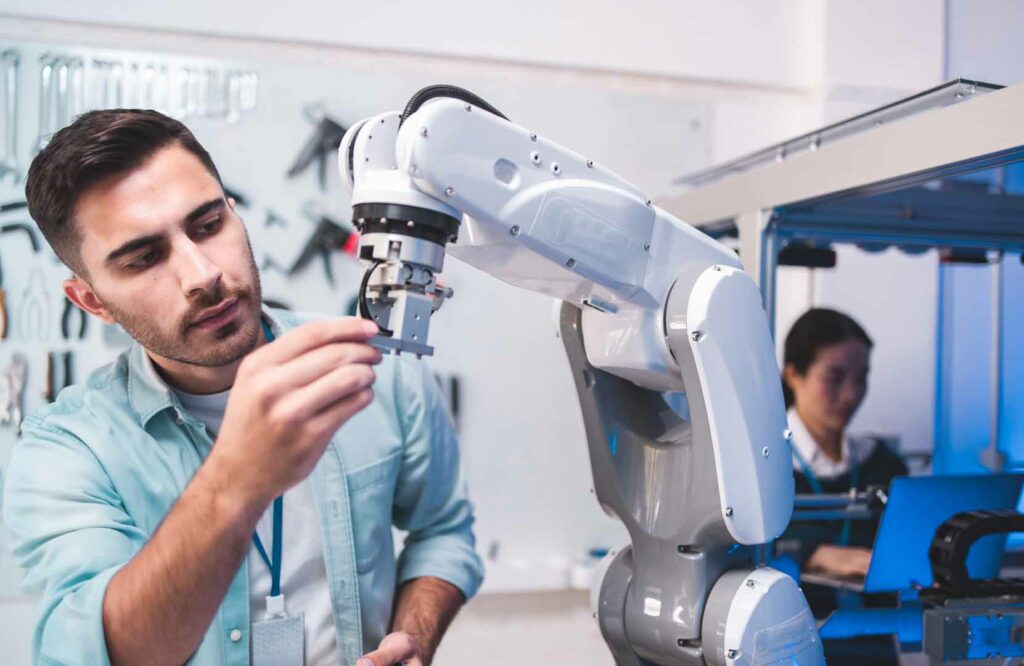
Here at Process Equipment and Controls, we are proud to be among the leaders when it comes to robotic arm solutions. We work with you to understand what you need and then develop a customized set of solutions that suit your requirements perfectly. From the consultation and design phases through to development and integration with existing systems and beyond, we are by your side.
We understand there is no “one size fits all” solution when it comes to robotics and automation. You might need to retain manual capabilities with remotely controlled solutions, or you might prefer to introduce more autonomy into your robotic setup. Whatever you need, our team can help you achieve this. Reach out today and let’s chat about the specifics of your project.
Diverse Industries, One Trusted Partner
Safety means more than compliance; it’s our covenant with you.







Whether you’re coordinating your next project or proactively planning your plant maintenance, there’s no better time than right now to contact us.